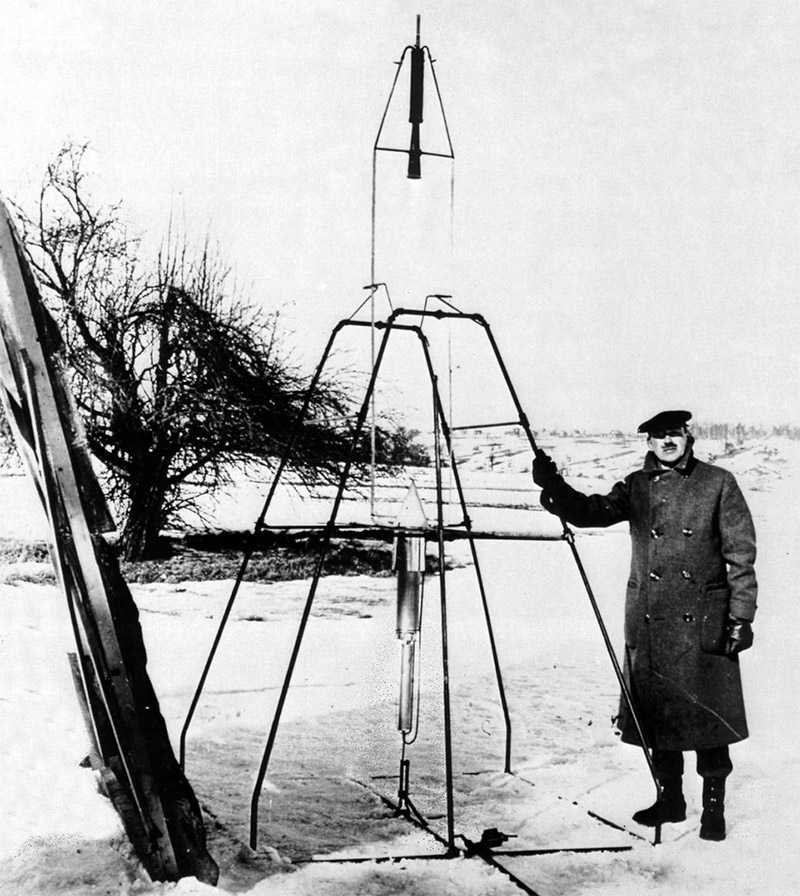
Goddard’s Rocket
Dr Robert H. Goddard, a physicist and inventor, is widely recognised as the pioneer of practical modern rocketry and space flight. His visionary concepts, developed in the early 20th century, laid the foundation for ballistic missiles, Earth-orbiting satellites, and interplanetary exploration. His work would ultimately shape the strategic missile and space launch capabilities of the U.S. Air Force.
Inspired by science fiction during his youth, Goddard became convinced of the feasibility of space travel using rockets. In 1914, he patented revolutionary ideas, including multi-stage rockets and liquid-fuelled propulsion systems. Despite facing ridicule from the press and limited government support, Goddard’s papers caught the attention of rocket enthusiasts around the world, sparking a surge of rocket-building efforts across America, Europe, and Russia.
Goddard’s efforts culminated in a series of breakthroughs, including the first successful launch of a liquid-fuelled rocket in 1926. Though the flight lasted only 2.5 seconds and reached a modest altitude of 41 feet, it marked a major milestone in rocket development. Conducted near Worcester, Massachusetts, this test validated the feasibility of liquid-fuel propulsion. In 1930, Goddard relocated his operations to Roswell, New Mexico, seeking a larger and safer area for further experimentation.
Although his work attracted interest in Germany, Goddard was reluctant to engage with German experimenters, especially as the country’s militaristic posture escalated. Nonetheless, he continued to receive correspondence from German counterparts.
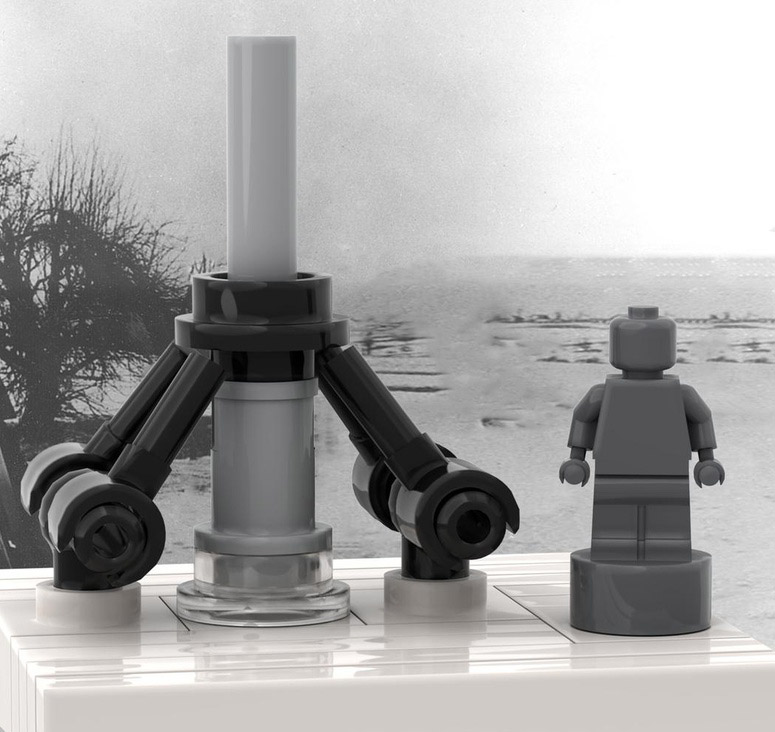
Goddard’s Rocket

Goddard’s Rocket
1st launch attempt: 16 March 1926
Successfully launched to altitude of 27 m
Launch Site: Auburn, Massachusetts
Orbital Type: Atmospheric
Country of Origin: United States
The Aggregat project
Goddard’s 1919 publication, A Method of Reaching Extreme Altitudes, deeply influenced a young Wernher von Braun, who also studied Hermann Oberth’s seminal 1923 work, By Rocket into Planetary Space.
Interestingly, a loophole in the Treaty of Versailles excluded rocketry from the list of banned weapons in Germany, enabling von Braun to pursue his passion for rocket science. After earning a degree in mechanical engineering in 1932, he joined the Kummersdorf-West German Army Weapons Department, bringing with him a liquid propellant engine he had designed. However, the engine exploded during its first test.
A-1
In early 1933, von Braun’s team rebuilt the engine and integrated it into the Aggregat-1 (A-1) rocket. The engine was housed inside the fuel tank, which used a mixture of 75% ethyl alcohol and 25% water to manage combustion temperature. Above this sat a liquid oxygen (LOX) tank and a nitrogen sphere to feed the propellants into the engine. By December, the engine had undergone static testing and was ready to fly, producing 660 pounds of thrust for up to 16 seconds. A gyroscope in the nose was intended to stabilise the flight, but testing with scaled models revealed flaws in this placement.
The A-1’s only launch attempt, on 21 December 1933, ended in an explosion due to vibration during ignition. The rocket never flew successfully.
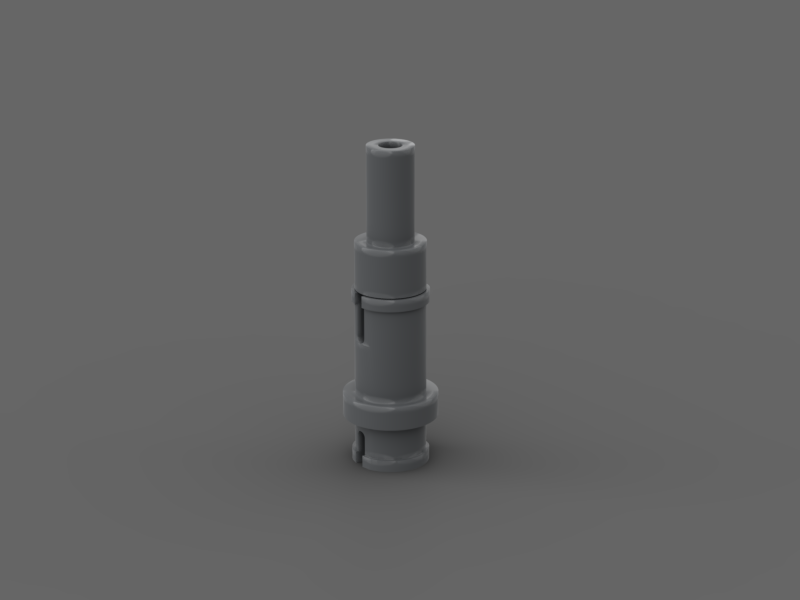
A-1

A-1
1st launch attempt: 21 December 1933
Failure - within half a second of ignition, the rocket disintegrated
Launch Site: Kummersdorf-West, Berlin
Orbital Type: Static Firing Test
Country of Origin: Germany
A-2
Following the A-1 failure and the realisation that the gyroscope needed repositioning, the team began work on the A-2 in 1934. The new design relocated the gyro to the rocket’s centre of gravity. Once finalised, two units were constructed and transported to Borkum Island for testing, where a 12-metre launch tower was built.
Both launches in December 1934 were successful, reaching 2.2 km and 3.5 km respectively and demonstrating stable flight. However, at apogee both rockets unexpectedly tilted and spiralled. Initially blamed on wind, it was later discovered that decelerating gyroscopes were to blame. Despite this, the A-2 marked a major advancement, paving the way for the larger A-3 rocket.
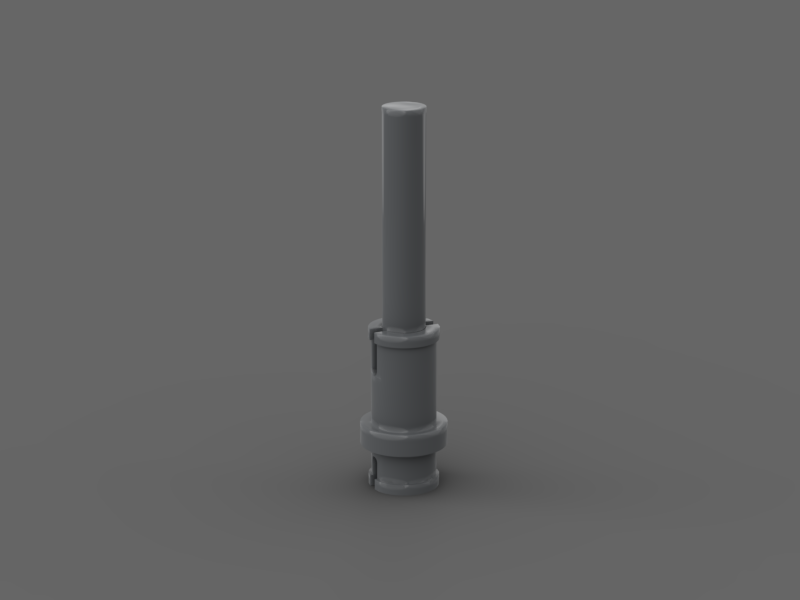
A-2

A-2
1st launch attempt: 19 December 1934
Launch Site: Borkum Island, East Frisian Islands
Orbital Type: Atmospheric
Country of Origin: Germany
A-3
Designed as a scaled-up successor to the A-2, the A-3 featured an advanced guidance system using three gyroscopes and two integrating accelerometers to steer vanes in the rocket’s exhaust during its 45-second burn. Each flight was equipped with instruments to measure heat, atmospheric pressure, and temperature during descent.
With the establishment of the Rocket Research Centre at Peenemünde on the Baltic Coast, the team had access to improved facilities. Yet despite this, tests in December 1937 were problematic. The first two launches suffered from engine issues and premature parachute deployment. Even after disabling the parachutes, engine failures and aerodynamic instability persisted. The issues were eventually traced to both the guidance system and design of the rocket’s fins.
The A-3 program was ultimately abandoned, and work shifted to developing the A-5.
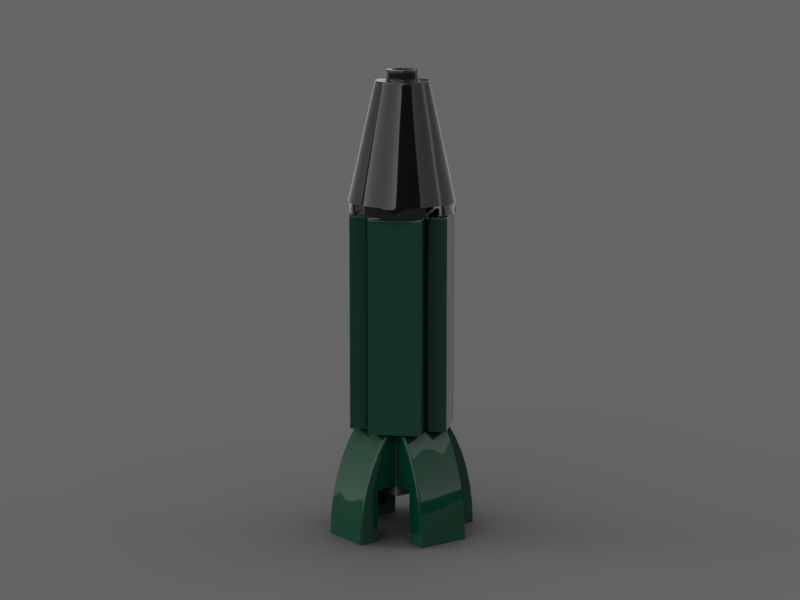
A-3

A-3
1st launch attempt: 04 December 1937
Launch Site: Heersversuchsstelle Peenemunde
Orbital Type: Atmospheric
Country of Origin: Germany
A-5
The A-5 served as a critical test platform for technologies intended for the future A-4. Though its engine was similar to the A-3’s, improvements included a new control system, better parachutes, and high-visibility paint to aid recovery. Wind tunnel tests of revised tail fin designs were conducted alongside launches of quarter-scale models.
Guided flight tests of the A-5 began in October 1939, and the Siemens Vertikant control system was introduced in April 1940. By October 1943, approximately 80 launches had been conducted, some reaching altitudes of 12 km. These tests validated the aerodynamics and guidance technologies essential for the A-4’s development.
The success of the A-5 confirmed the feasibility of creating a long-range rocket weapon, setting the stage for the A-4.
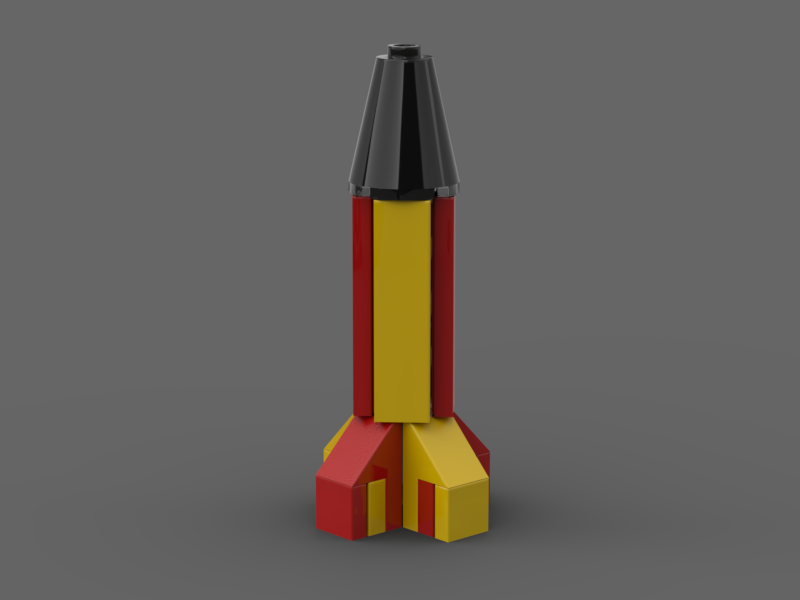
A-5

A-5
1st launch attempt: October 1939
Launch Site: Heerversuchsstelle Peenemunde
Orbital Type: Atmospheric
Country of Origin: Germany
A-4
Work on the A-4 began around 1939, aiming to develop a large, liquid-fuelled ballistic missile capable of delivering a warhead over vast distances. Powered by a single engine burning ethanol and liquid oxygen, the rocket produced about 25 tons of thrust. Standing 14 metres tall and weighing more than 12.5 metric tons at launch, the A-4 represented a major engineering feat, requiring advancements in propulsion, guidance, and structural materials.
Initial test flights at Peenemünde began in 1942, encountering numerous technical problems—guidance malfunctions, structural failures, and stress-related breakups. Each failure informed improvements, from more robust alloys and better turbopumps to enhanced gyroscopic systems. The program’s turning point came on 3 October 1942, when the first successful A-4 launch reached an altitude of approximately 84.5 km and a range of nearly 190 km, crashing into the Baltic Sea.
This historic launch marked the first time a human-made object entered space under its own power. Following this success, the A-4 program was accelerated and readied for wartime use. During development, around 60 to 70 test rockets were launched from sites including Peenemünde, Greifswalder Oie, and Blizna in Poland. These were experimental units, used to refine critical technologies before the rocket’s military adoption.
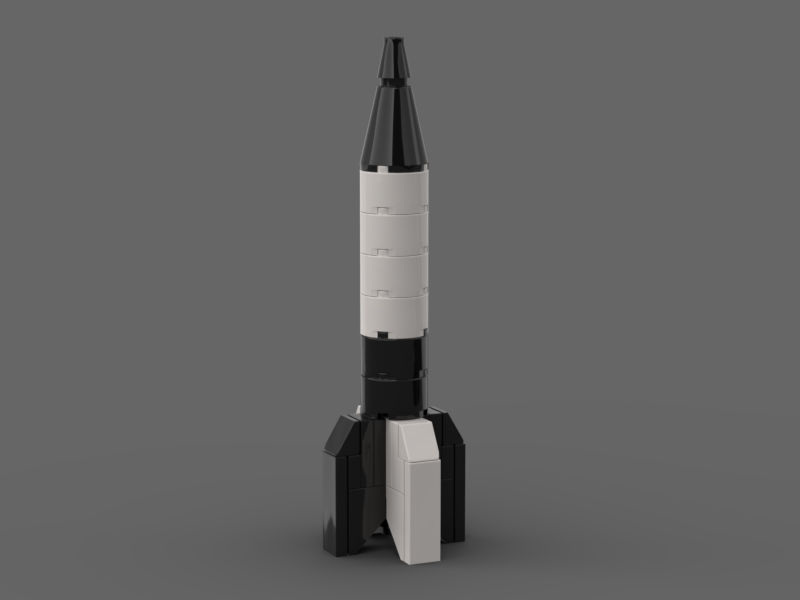
A-4 (V2)

A-4 (V2)
1st launch attempt: 13 June 1942
Launch Site: Heerversuchsstelle Peenemunde
Orbital Type: Suborbital
Country of Origin: Germany
model by Mark Balderrama Martin Sira (Kaero) Wolf Broszies
More details > View on Rebrickable > View on >A-4 becomes the V-2
With the A-4’s capabilities now demonstrated, the German military officially adopted the rocket into their arsenal, renaming it Vergeltungswaffe 2, Vengeance Weapon 2, or simply the V-2. The new name reflected the Nazi regime’s intent to use the rocket as a retaliatory weapon against Allied bombing of German cities.
This rebranding signalled the end of the A-4’s experimental phase and the start of its mass production and operational deployment. Though originally conceived as a scientific and engineering marvel, the A-4 would go on to become the world’s first long-range guided ballistic missile used in warfare.
Under the new designation, the V-2 was produced mainly at the Mittelwerk underground facility, where forced labour was used under harrowing conditions. From late 1943 to early 1945, approximately 5,000 V-2 rockets were constructed. Of these, an estimated 3,000 to 3,200 were launched in combat, targeting cities such as London, Antwerp, and Liège.

V2

V2
1st launch attempt:
Launch Site:
Orbital Type:
Country of Origin:

